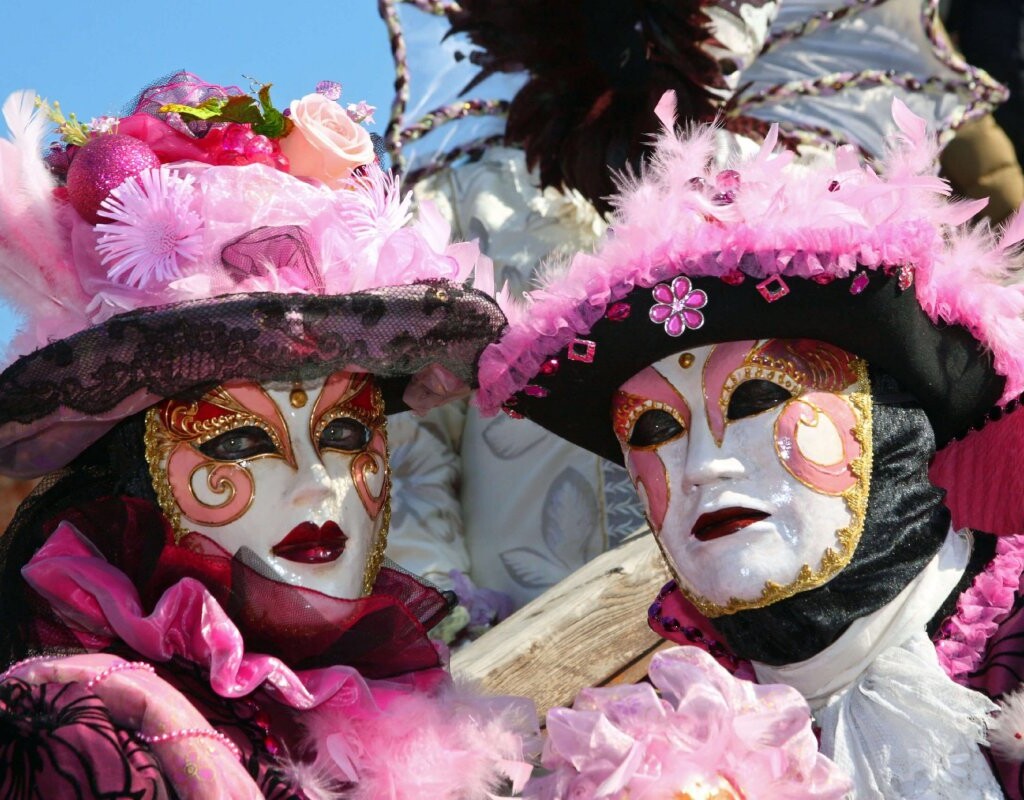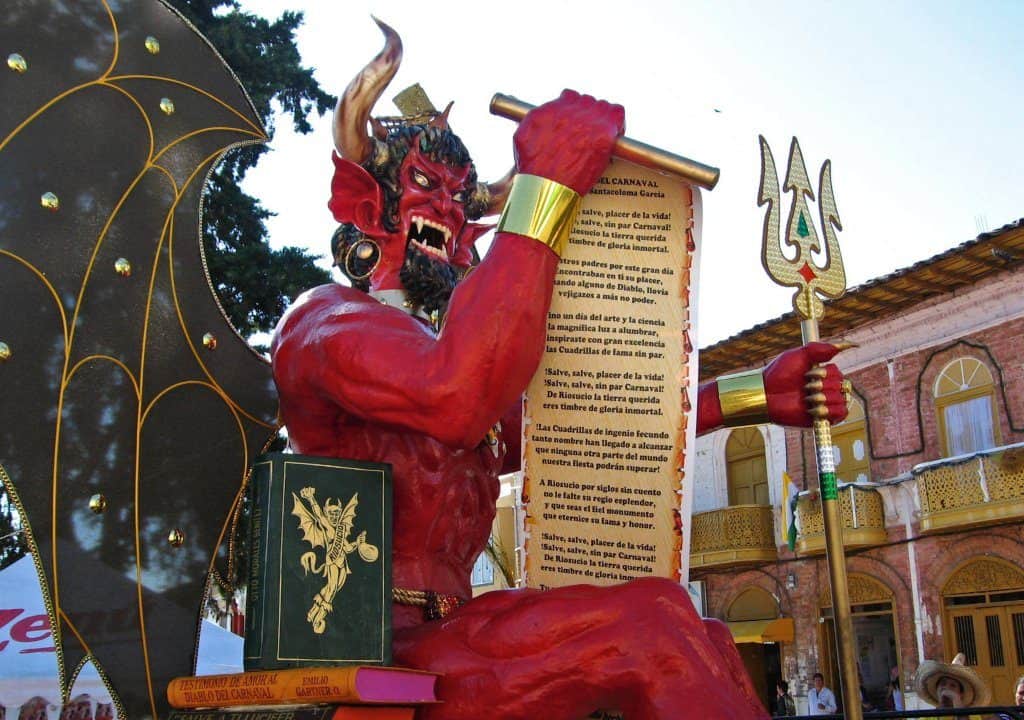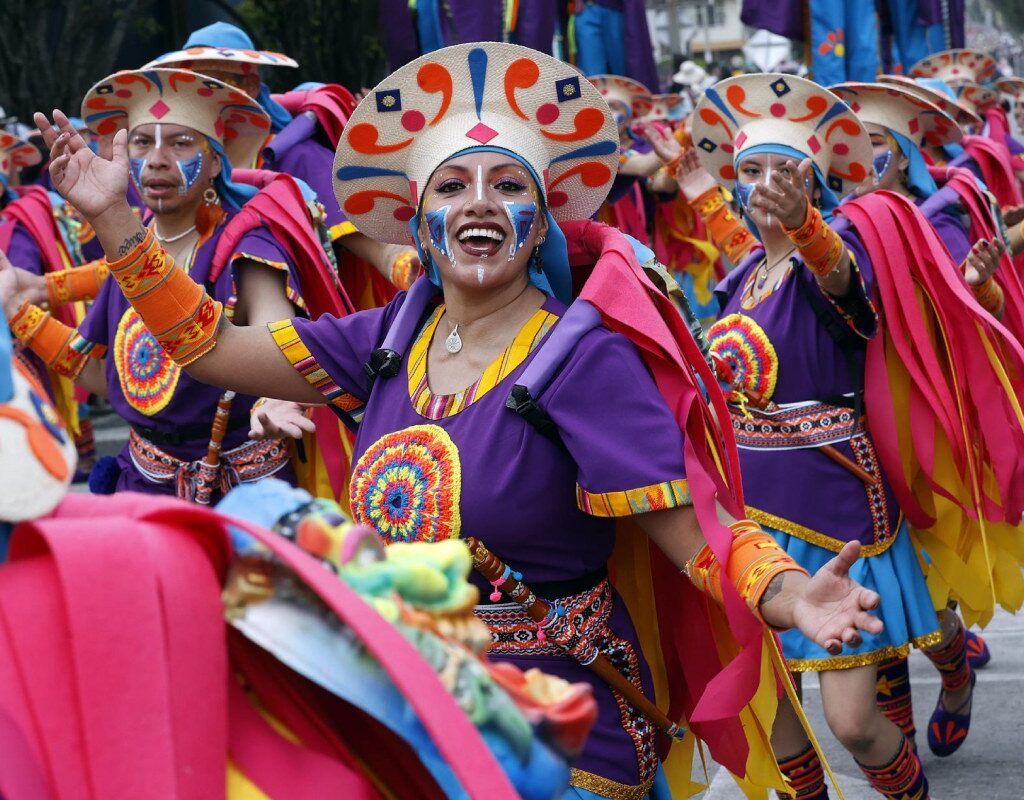Experience the joy and vibrancy of Carnival a beloved festival observed exclusively in countries with a rich Christian heritage. Set aside the tedium of everyday life and immerse yourself in the festivities that ignite a sense of liveliness and happiness. This annual extravaganza is celebrated during the three days preceding Ash Wednesday and the commencement of Lent, known as Carnestolendas.
From the cult of the Apis ox to the bacchanalia: the ancient roots of Carnival
The word “Carnival” comes from the Latin expression “carnem levare”, which means “to take away the meat”, referring to the prohibition of consuming meat and animal fat during the forty days of Lent.
While “Carnestolendas” is derived from the Latin “Dominica ante carnes tollendas”, which translates as “the Sunday before removing meats”.
According to the religious calendar, the Carnival period begins on January 6, the day of the Epiphany which marks the end of the Christmas festivities and culminates on Ash Wednesday.
The ancient origins of Carnival: A pagan legacy that has endured throughout history
Did you know that Carnival may have its roots in ancient pagan festivals?
Some believe that this celebration can be traced back to festivals such as the worship of the ox Apis and Isis in Egypt, the Greek Dionysian festivals, the Roman bacchanals, lupercals and saturnalia, and the Celtic mistletoe festivals.
The ancient Romans celebrated the “lupercals” in mid-February in honor of the god Pan. During these festivities, processions, sacrifices, and purification rites were performed.
Over time, this custom spread throughout Europe and reached America thanks to the Spanish and Portuguese navigators who colonized the continent starting in the XV century.
The Rebirth of Carnival in the Middle Ages
In the Middle Ages, the carnival was reborn as a pagan celebration that allowed people to enjoy banquets, dances, and games to face the austerity of Lent with a strengthened and prepared body.
In Conquest and Colonial Spain, it was customary to dress up on certain days to play pranks in public places, a practice that was forbidden by Charles I in 1523 and by Philip II. However, it was during the reign of Philip IV that the splendor of masks and costumes was restored at the carnival.
Carnival: a unique experience that overturns social barriers and norms
Mikhail Bakhtin author of “Popular Culture in the Middle Ages and the Renaissance”, teaches us that Carnival is not simply a spectacle to be observed from a distance, but a unique experience to be lived to the full.
During Carnival, there is no other reality than that of Carnival itself and there are no spatial boundaries that limit it.
Everyone lives according to the laws of freedom during the festival, which means a temporary abolition of hierarchies, privileges, rules, and taboos that govern everyday life.
All are equal and there is a special form of free and familiar contact between individuals who are normally separated by their differences in daily life, such as their social status, their fortune, their employment, their age, or their family situation.
Carnival is therefore a temporary liberation that allows people to experience a world without barriers or prejudice, a world where everyone is equal and fun and enjoyment are the norm.
All the faces of Carnival: unique celebrations around the world
Carnival is a celebration that varies depending on the country and culture in which it is celebrated. In Bavaria and Austria for example, it is known as Fasching and begins on January 6, Epiphany.
In Colombia, the Carnival of Blacks and Whites is celebrated, a traditional and ancestral festivity that takes place on January 3, 4, 5, and 6 in the Andean region.
In some places in Germany, the season begins 11 minutes after 11 p.m. on November 11. Meanwhile, in France and Spain, Carnival begins on Quincuagesima Sunday (the Sunday before Ash Wednesday) and ends on Shrove Tuesday.
Carnival in Italy and other Mediterranean countries begins on the previous Thursday, also known as “Fat Thursday or Larder Thursday” although in other places “Larder Thursday” is the one following Ash Wednesday.
During the Carnival celebration, you can find parades of floats, costume dances, comparsas, and murgas, all adorned with colorful masks.
Ash Wednesday marks the beginning of Lent, 40 days in Christianity during which the faithful must purify themselves of their sins through privations.
This period concludes on Good Friday, the day of Christ’s death, and culminates with the feast of Easter Sunday which celebrates Christ’s resurrection.
Today, many cities and countries have taken the celebration of Carnival to another level, with a variety of displays of masks, floats, and comparsas.
Therefore, these places have become very popular tourist destinations visited by thousands of people every year.
Without a doubt, Carnival is a festivity that offers a unique and unforgettable experience!
From Brazil to Bolivia: a journey through the world’s most impressive Carnivals
From the world-famous Carnival of Rio to the vibrant Carnival of Santa Cruz de Tenerife and the colorful Carnival of Oruro in Bolivia, to the exciting Carnival of Corrientes in Argentina and the energetic Carnival of the Dominican Republic.
Each of these celebrations offers a unique and exciting experience for those looking to immerse themselves in local traditions.
In some destinations the streets come alive with masks chasing passersby with their bull bladders, encouraging everyone to join the party.
While in other places streamers and papel picado are the norm, along with the annoying but fun foam and the refreshing tradition of dousing others with water and balloons.



